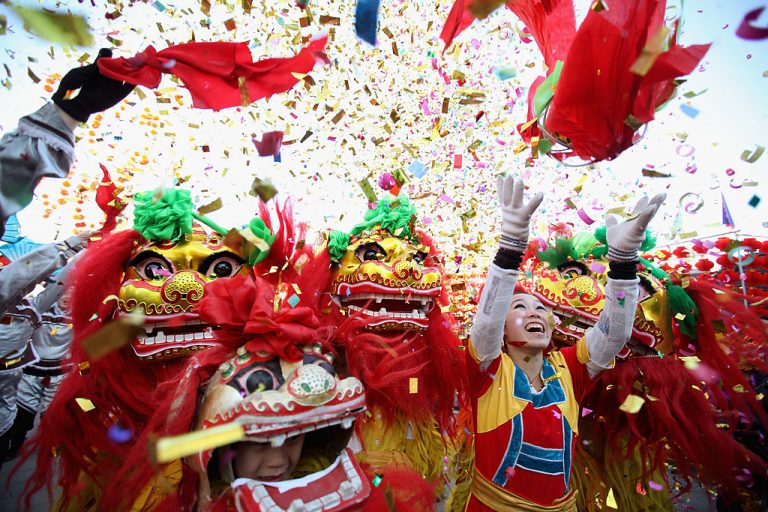This Lunar New Year, taking place today, will celebrate the Year of the Tiger, so invoke good luck and fortune with these traditional and delicious Chinese dishes:
- Dumplings
This Chinese staple is a traditional must-eat food as they are believed to symbolize longevity and wealth. The dumplings are often shaped to resemble gold ingots, an early form of Chinese currency. In addition, dumplings signify a united and healthy family and are usually handmade and enjoyed with loved ones during New Year celebrations.
Traditionally, a gold coin is also hidden in one of the dumplings and the person that finds it is meant to have good luck and fortune in the new year.
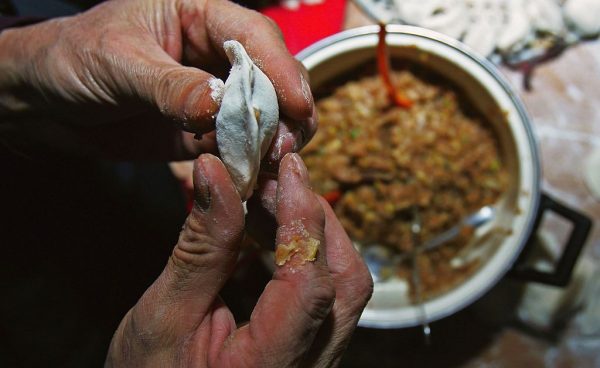
- Steamed fish
Another emblematic dish of Chinese New Year, steamed fish is often eaten on the day as a sign of auspiciousness. The fish should be the final dish served, with some of it left over at the end of the meal as a way to symbolize abundance. The Chinese character (魚 Yú) means fish but also has a similar sound to the word for surplus, indicating an abundance in both health and money.
Steamed fish is also a simple dish to make at home. One of the more traditional ways to cook it is by steaming the fish with ginger, garlic and spring onions and finishing it by pouring hot oil and soy sauce over the dish. Traditionally, the fish’s head should also be pointed towards the family’s (長輩 Zhǎngbèi) or eldest member as a sign of respect, and this person should be the first to cut into and eat the fish.
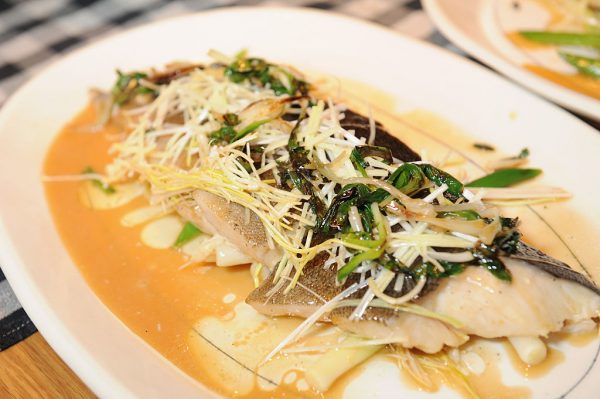
- Longevity noodles
Just as their name suggests, longevity noodles are believed to symbolize happiness and a long, prosperous life. They can be any type of noodle, although they are typically made from eggs and hand rolled into long strands. The dish should be eaten without being cut or broken up, with the idea that the longer the noodles are, the more luck and good health that awaits in the new year.
There are many different ways to cook noodles as they are so versatile and can be used in a soup or stir fried in a wok with meats and vegetables. Traditionally, it is believed that extra luck can be added through ingredients such as mushrooms for prosperity and green vegetables such as watercress for wealth and abundance.
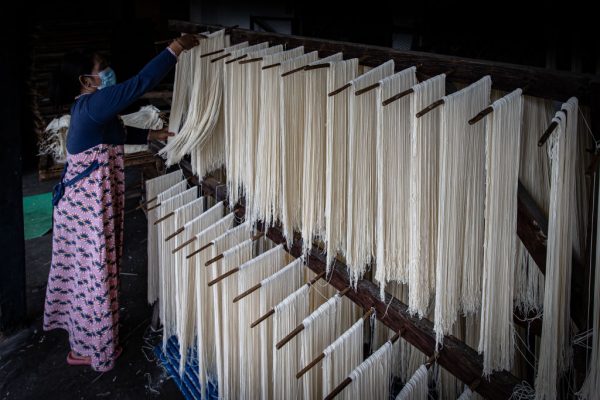
- Spring rolls
Also known as (春捲 Chūn Juǎn) in Chinese, spring rolls are a staple dish in most Chinese restaurants. During New Year celebrations, they are eaten to welcome the new year as their golden cylindrical shape is representative of gold bars, which symbolize an abundance of wealth.
They usually contain a meat or vegetable filling, are deep-fried and are sometimes served with a dipping sauce such as oyster, chili or soy sauce.
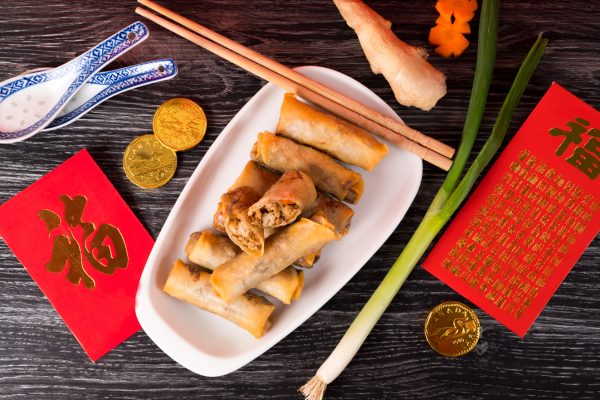
- Sweet rice balls
These chewy rice balls are a staple dish enjoyed during China’s Lantern Festival. However, in many parts of the country, particularly in the south, people will eat them throughout the Spring Festival as well. The rice balls are made from glutinous rice and are filled with different pastes such as sesame, red bean or peanuts.
The pronunciation and round shape of (湯圓 tāngyuán) is associated with family togetherness and reunion. The sound of tangyuan is also similar to tuan tuan yuan yuan, which translates into a harmonious and happy family life.
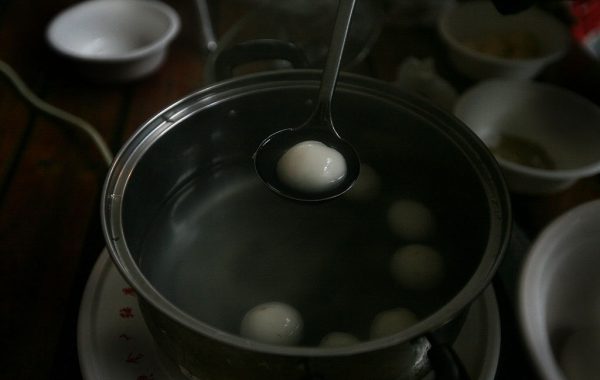
Success
You are now signed up for our newsletter
Success
Check your email to complete sign up



